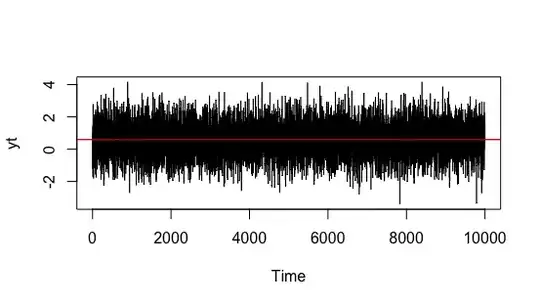I've found some survey data where respondents answer 63 question by giving a response for each question between 0-10 (0 for strong disagreement, 10 for strong agreement). So I can view every respondent as a integer point in $[0,10]^{63}$.
Question: is there a "standard" way to measure the distance between two respondents?
Something like the taxicab distance between them seems somewhat reasonable, but likewise so does any $L^p$-distance. Though these wouldn't account for questions that contributed the most of least variation in responses, for example.
My intended application is using this to measure distances between points to experiment with persistent homology.
